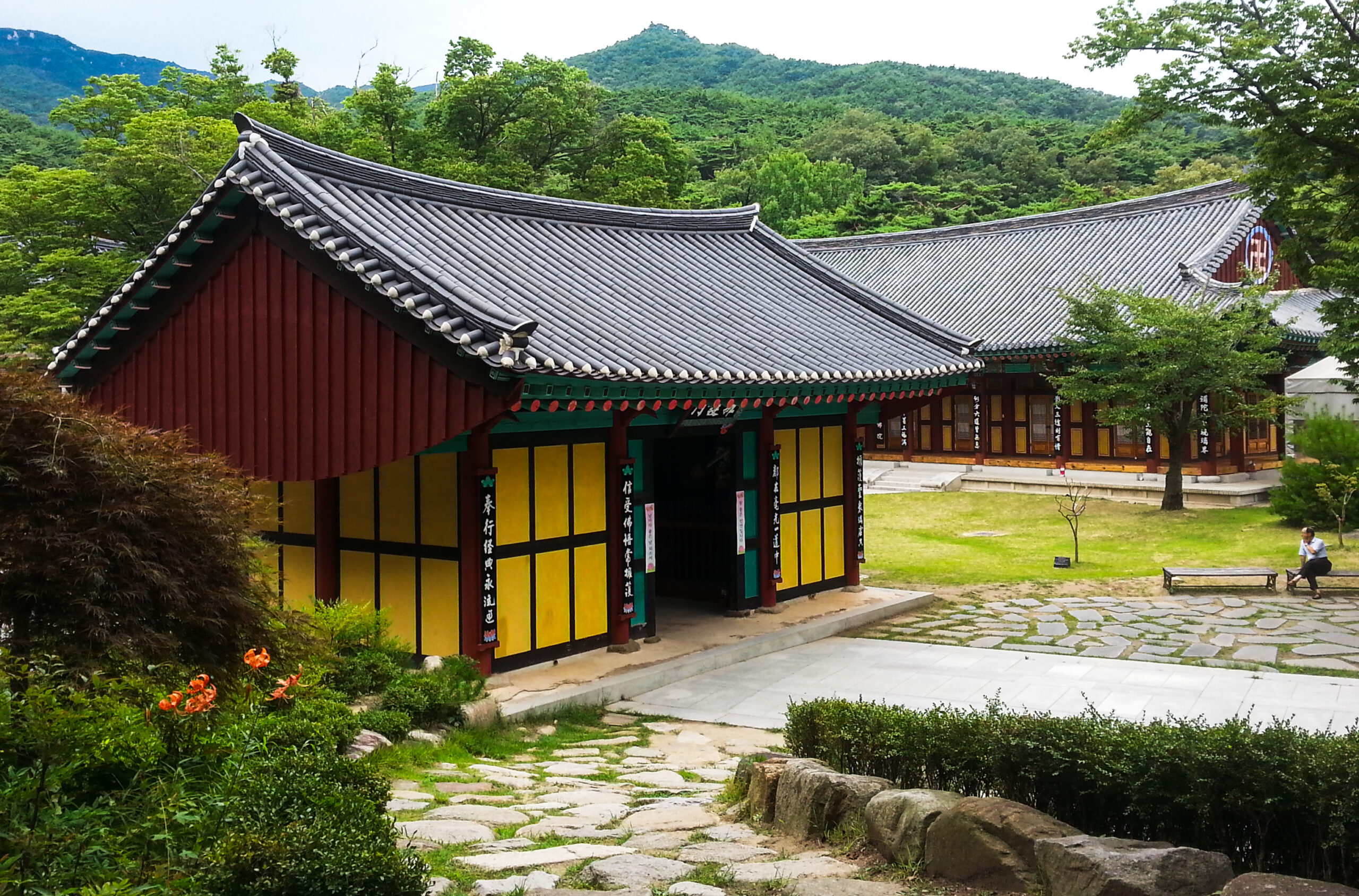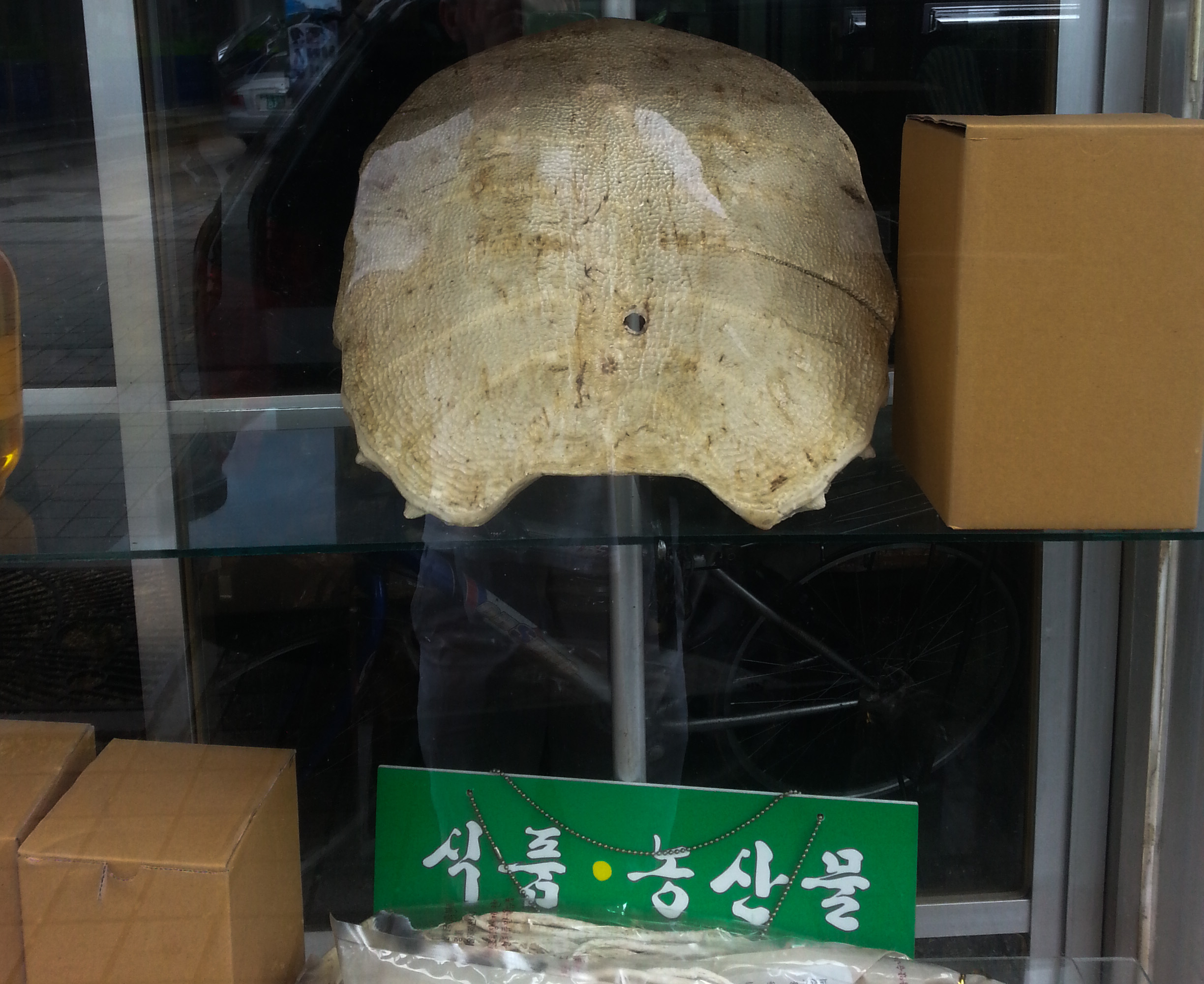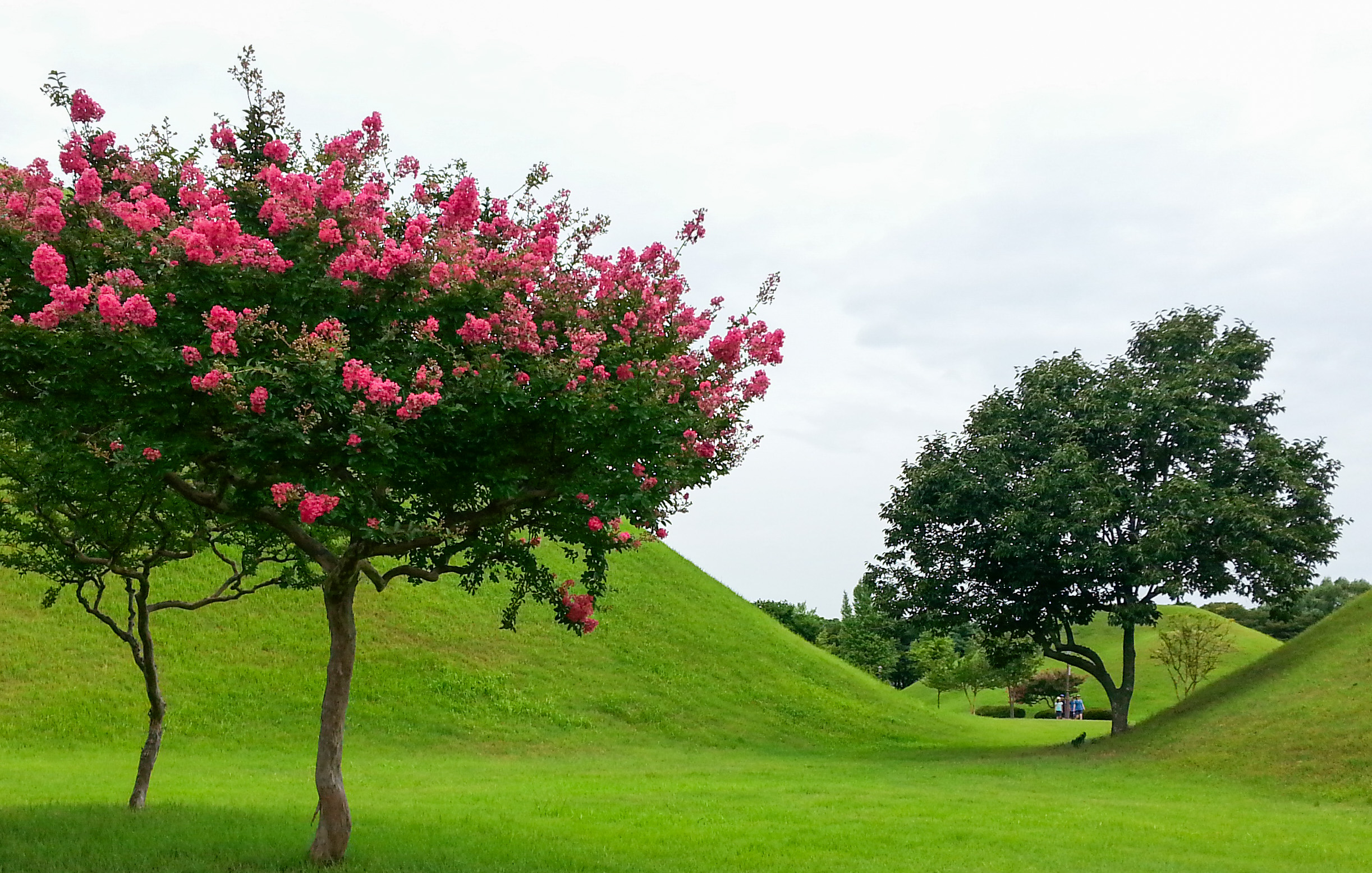South Korea
South Korea has a young, raucous, and raw feel to it. However, it also has its fair share of impressive historical palaces, monasteries, and traditional old houses.
Geography

South Korea is almost the same size as Portugal with low lying beautiful mountainous areas, and tropical island on its south coast. Its border with North Korea is one of the most heavily militarised zones in the world.
History
Two thousand years ago the Korean Peninsula was divided into three kingdoms: the largest Gogoryeo (which includes North Korea today), Baekje, and Silla. With the support of China, Silla conquered and unified the three Kingdoms in 668.
True unification of the three kingdoms is attributed to Wang Geon who formed The Kingdom of Goryeo (formed from Gogoryeo). Silla was peacefully absorbed into the new kingdom, and in 936 Baekje surrendered to Wang Geon.
During the 13th and 14th century, the Mongols put great pressure on many Asian dynasties to surrender to them. The Goryeo Dynasty fell, making way to the Joseon Dynasty who ruled Korea until 1910.
Japan annexed Korea in 1910. Following the devastation of Nagasaki and Hiroshima at the end of World War II, Korea gained its independence from Japan with the USSR controlling North Korea and the US controlling the South. The Republic of Korea (South Korea) was formed in 1948.
North Korea and China invaded the Republic of Korea in 1950. The US and the UN provided military support for the Republic of Korea. The fighting came to an end in 1953 with the signing of an armistice between the UN and North Korea and China. South Korea never formally signed the armistice, and technically they are still at war with North Korea.
Stay in Traditional Houses

It is possible to stay in traditional houses, known as hanoks. They tend to be spartan – just futons on concrete. Enjoying the atmosphere and hospitality, and the details of the old buildings with their ornate rooves and solid carpentry, makes the experience all worthwhile.
The Journey
South Korea is easily accessible from Japan. Flights from Tokyo are plentiful, cheap, and it takes about two-and-a-half hours. Regular bus and train services between Incheon Airport, Daegu, Gyeongju and Seoul made moving between those popular destinations easy and fast.
Seoul

Seoul is perhaps best recognised for its bright lights, modern architecture, and large-scale apartment complexes. Modern street art flourishes and includes clever and amusing twists on Korea’s old traditions and culture. The royal palaces of Changdeokgung and Gyeongbokgung are outstanding. Unusually, the modern and high-rise city centre architecture blends well with these ancient and impressive imperial structures.

Daegu

A fleeting two-day visit to Daegu was just enough time to explore Donghwasa Temple, and the city’s medicine market which also contains the remains of precious creatures. It is possible to stay at Donghwasa.

Gyeongju

Gyeongju is a small city with a modern feel and an ancient heart. The tumuli are the old burial sites of the rulers of the region, and are a symbol of the city. The reformed Donggung Palace celebrates the glory of those ancient rulers.






Looking forward to reading your post on Seoul as have just booked a flight there for my autumn break.
Lots to see and do in Seoul, and it’s a lively and energetic place. I’m sure you’ll have fun!